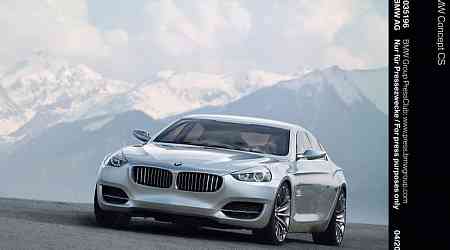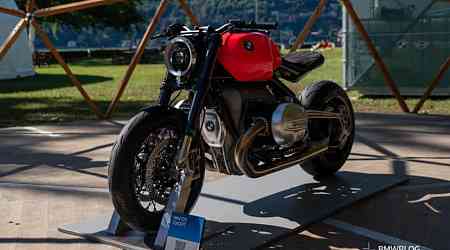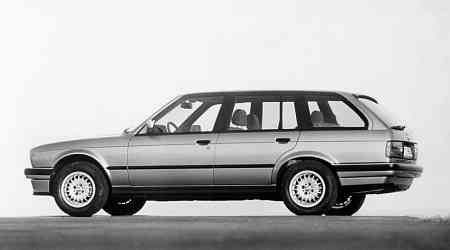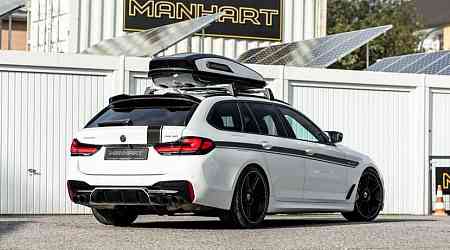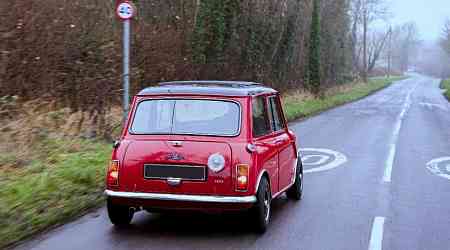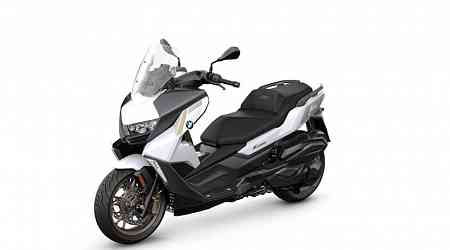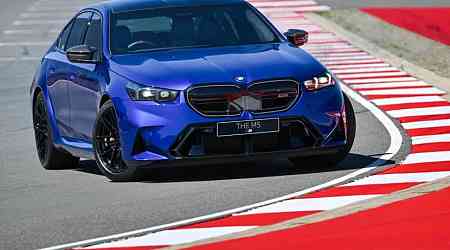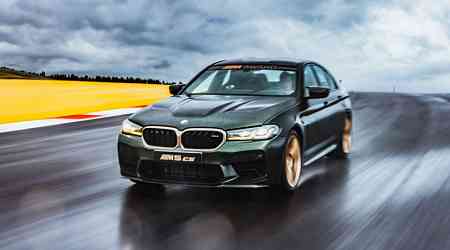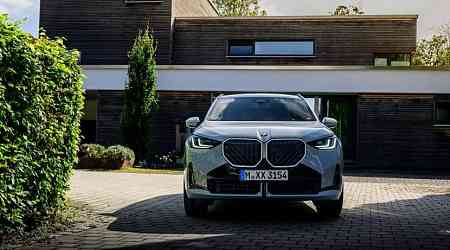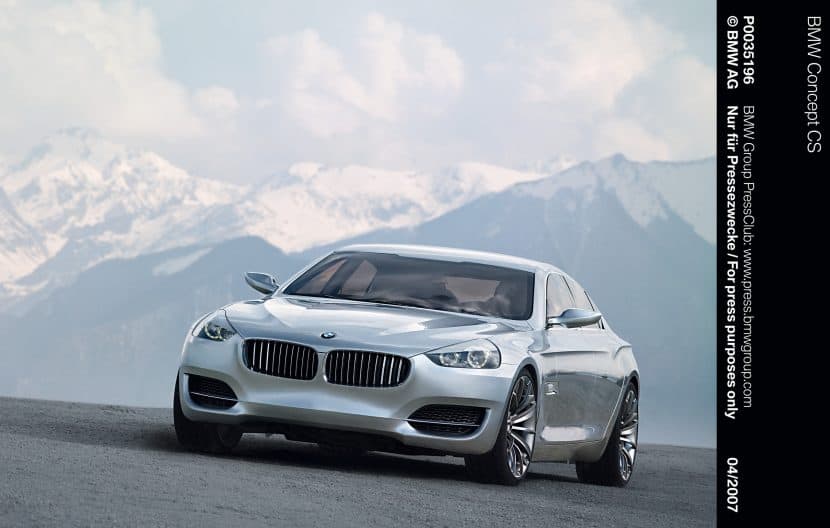The W1 uses a new, mid-mounted 4.0-litre twin-turbocharged V8 for a staggering 1258bhpMcLaren P1 successor combines Formula 1 aerodynamics with a mighty new V8 hybrid drivetrain
The successor to the McLaren P1 mixes Formula 1 aerodynamics with a mighty new V8 hybrid drivetrain that sends all of its 1258bhp to the rear wheels.
Although the McLaren Senna and Speedtail have followed in the decade since the P1, the £2 million McLaren W1 is considered by its maker to be the true successor to that hypercar, which was itself a follow-up to the seminal McLaren F1.
The W1 breaks all records for the company in terms of power and performance. It laps circuits quicker than the aero-focused Senna and accelerates faster than the speed-focused Speedtail, all in a package that weighs 1399kg thanks to a forensic approach to weight-saving for every component, from the engine to the sun visors.
The P1 was famously launched at the same time as the LaFerrari and Porsche 918 Spyder to create a ‘holy trinity’ of hypercars and Ferrari is understood to be readying its own LaFerrari successor for an imminent launch as a rival to the W1.
McLaren W1 engine and performance
At the heart of the W1 is a twin-turbocharged 4.0-litre flat-plane-crank V8 engine from McLaren’s long-time collaborator Ricardo.
McLaren says the engine is new from the ground up and designed specifically to work with hybrid systems.
The engine, which uses both direct injection and port fuel injection, produces 915bhp on its own to give the highest output per litre of any McLaren engine yet Codenamed MHP-8, the engine works in conjunction with an e-module, which comprises a motor control unit and a 342bhp radial flux electric motor with performance aping a Formula E car’s motor.
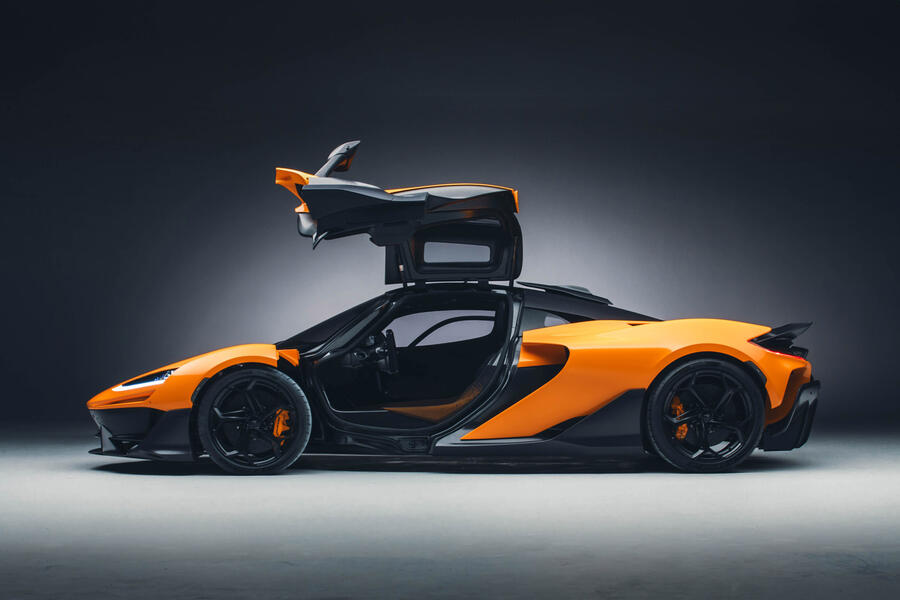
This is used primarily to add more performance via a small, 1.4kWh battery (the car is not a plug-in hybrid) but it also acts as a reverse gear for the eight-speed dual-clutch transmission, enables silent start-up and allows for 1.6 miles of EV range.
An e-differential also features. McLaren says the W1’s hybrid components weigh 40% less than those in the P1 but offer 40% more power. The combined peak torque is 988lb ft, a huge rise from the 903bhp P1’s 664lb ft.
The 0-62mph time is 2.7sec, 0-124mph is 5.8sec and 0-186mph is 12.7sec. Top speed is limited to 217mph and McLaren promises a “crescendo” from the exhaust note that builds towards the engine’s 9200rpm redline.
Different powertrain modes allow for varying levels of electric assistance, from a Sprint mode that gives maximum e-power over one lap to a GP mode that manages its assistance on a longer track run.
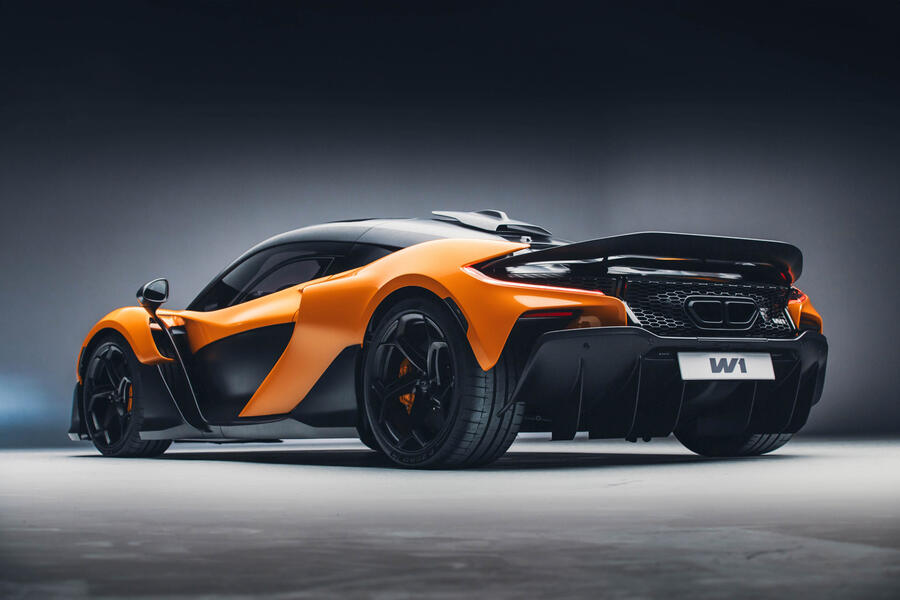
A Boost setting gives instant full power, mimicking a race-style push-to-pass system, and this can be combined with an F1-style drag reduction system (DRS) on the rear wing to increase straight-line speed further.
Both of these systems are accessed using the only two buttons on the steering wheel. Four-wheel drive was not deemed necessary for the W1 due to the grip and load afforded by the aerodynamic package and suspension.
Managing that amount of power and torque through the rear wheels was achieved by “Formula 1 know-how”, according to McLaren, whose F1 team currently leads the 2024 constructors’ championship.
McLaren W1 aerodynamics
The W1 follows only the Aston Martin Valkyrie in being a road car with true ground-effect aerodynamics thanks to its underbody design.
There are active front and rear wings, including the W1’s signature feature of an Active Long Tail rear wing, which extends 300mm rearwards rather than upwards to work with the underfloor and rear diffuser to create extra downforce without adding drag.
This function is available on track only. In the aero’s most extreme setting, Race mode, the W1 produces 350kg of front downforce and 650kg at the rear for a total of 1000kg.

Yet, as chief aero engineer Robin Algoo explained, what’s different about the W1 beyond the headline numbers is its stability and predictability while cornering at such high speeds, which allows it to lap the Nardò handling circuit (McLaren’s reference track) 3sec quicker than a Senna.
The starting point for the aero package on the W1 is the central Aerocell carbonfibre monocoque, which the car is built around and integrates the two seats for the cabin to allow for a shorter wheelbase.
Almost every component and installation in the W1, from the mounting of the engine to the suspension design, has been done with aero performance in mind. For that reason, the doors are anhedral rather than dihedral, a McLaren first, and the scoop on the roof, recognisable from the F1 and P1, acts as a flow diverter to the rear.
In road mode, the active front wing lifts and the Active Long Tail rear wing integrates into the body.
McLaren W1 chassis
McLaren says a key part of the W1’s story is the civility with which it can be driven at everyday speeds and road conditions.
The continuously active race-bred double-wishbone suspension design, called McLaren Race Active Chassis Control III, is new and its operating range has been engineered to span comfortable road driving and blistering track performance.
Comfort, Sport, Race and Race+ modes are selectable. Comfort puts the focus on a “smooth ride quality” while Race and Race+ provide stability for the aerodynamic package to unlock the full performance potential on track.
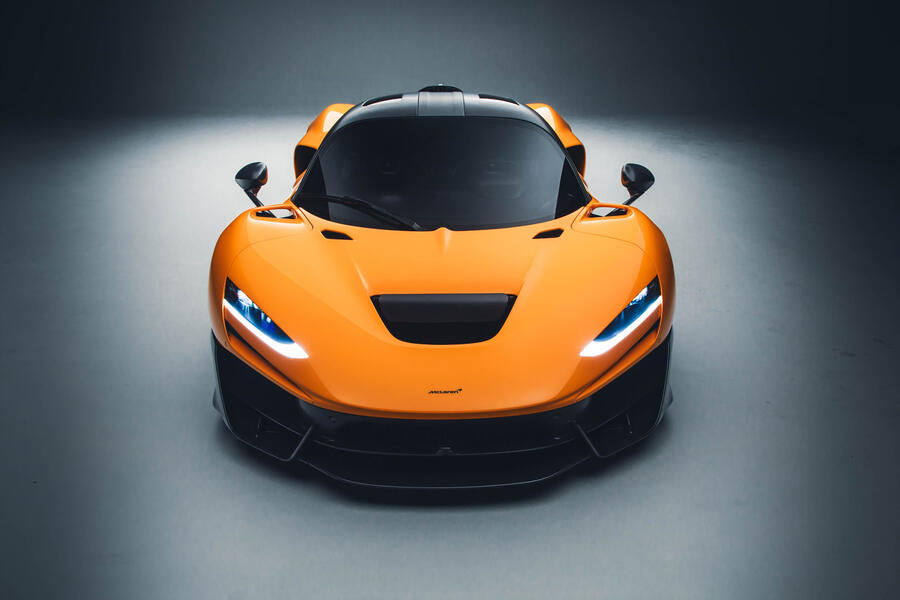
The ride height adjusts between modes. Pushrods are another McLaren first and work with inboard dampers using F1 expertise at the front to channel airflow, while outboard springs and dampers are used at the rear.
Titanium is among the materials used for construction and 3D printing is one of the production methods used for suspension components in the pursuit of lightness.
McLaren has retained hydraulic steering for the W1 and has fitted Carbon Ceramic Racing+ brake discs with an extra ceramic layer over previous discs to further boost stopping power.
The W1 will go from 62mph to a standstill in 29m and 124-0mph in 100m. Bespoke tyres from Pirelli have been designed for the W1, including track-focused yet road-legal P Zero Trofeo RS rubber and more road- “In Race mode, it produces 350kg of front downforce and 650kg at the rear for a total of 1000kg” focused P Zero R and P Zero Winter 2. The alloy wheels are made from magnesium.
McLaren W1 design and interior
The W1 is 4635mm long, 2074mm wide and 1182mm tall, with a wheelbase of 2680mm, which makes it marginally bigger than a P1.
Extensive use of carbon fibre helps to enable a 1399kg dry weight that’s almost at parity with the P1. The design is more an evolution of the Senna than the Speedtail but it also has plenty in common with the current 750S supercar, albeit with that quite aerodynamic overhaul.

McLaren says the W1’s interior has “unmatched supercar ergonomics and best-in-class visibility”. It also talks up the comfort and spaciousness of the car by supercar standards. Particular focus has been placed on making ingress and egress as easy as possible and the engine quiet when a more civilised driving manner is called for.
The pedals, as well as the steering wheel and primary controls, are adjustable, while the fixed seats are fully upholstered and more reclined than normal to improve comfort.
The A-pillars are McLaren’s thinnest yet to aid visibility. The steering wheel is smaller than is typical for a McLaren and optionally incorporates shift lights to show when the redline is approaching.
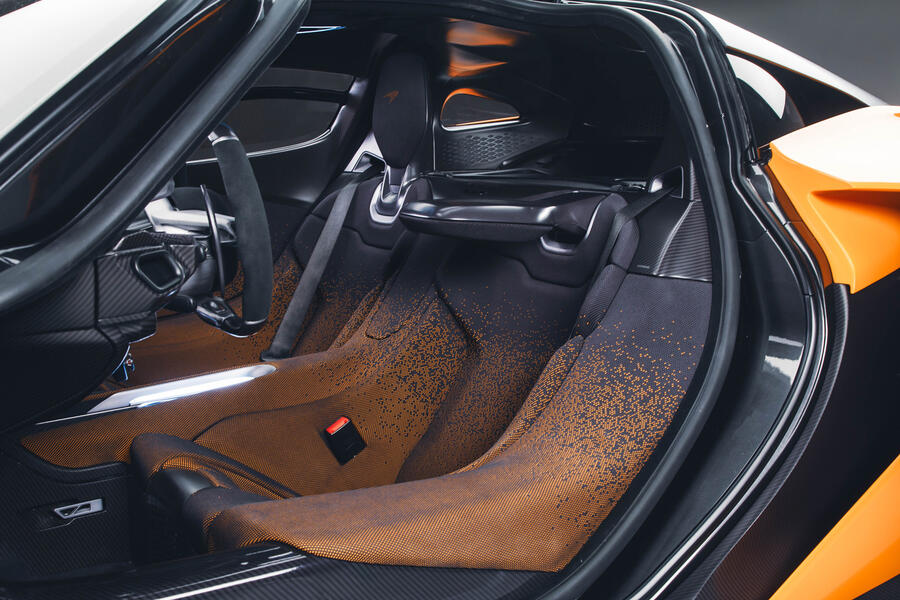
Key switchgear is used for major chassis and powertrain controls but there is a central 8in touchscreen that runs Apple CarPlay. Android Auto isn’t offered. There is storage for two-weekend bags (or helmets) behind the rear seats, a sliding cupholder and an extra central storage area.
All 399 examples of the W1 have already been sold ahead of production starting in Woking in 2026. The transaction prices are expected to be far higher than £2m as a result of the “unlimited” customisation options that are available.
As part of the usability pledge for the W1, a four-year service plan is included with the car. It has 12-month service intervals and similar service requirements to one of McLaren’s V6 hybrids, which is atypical for a track-focused machine.



















